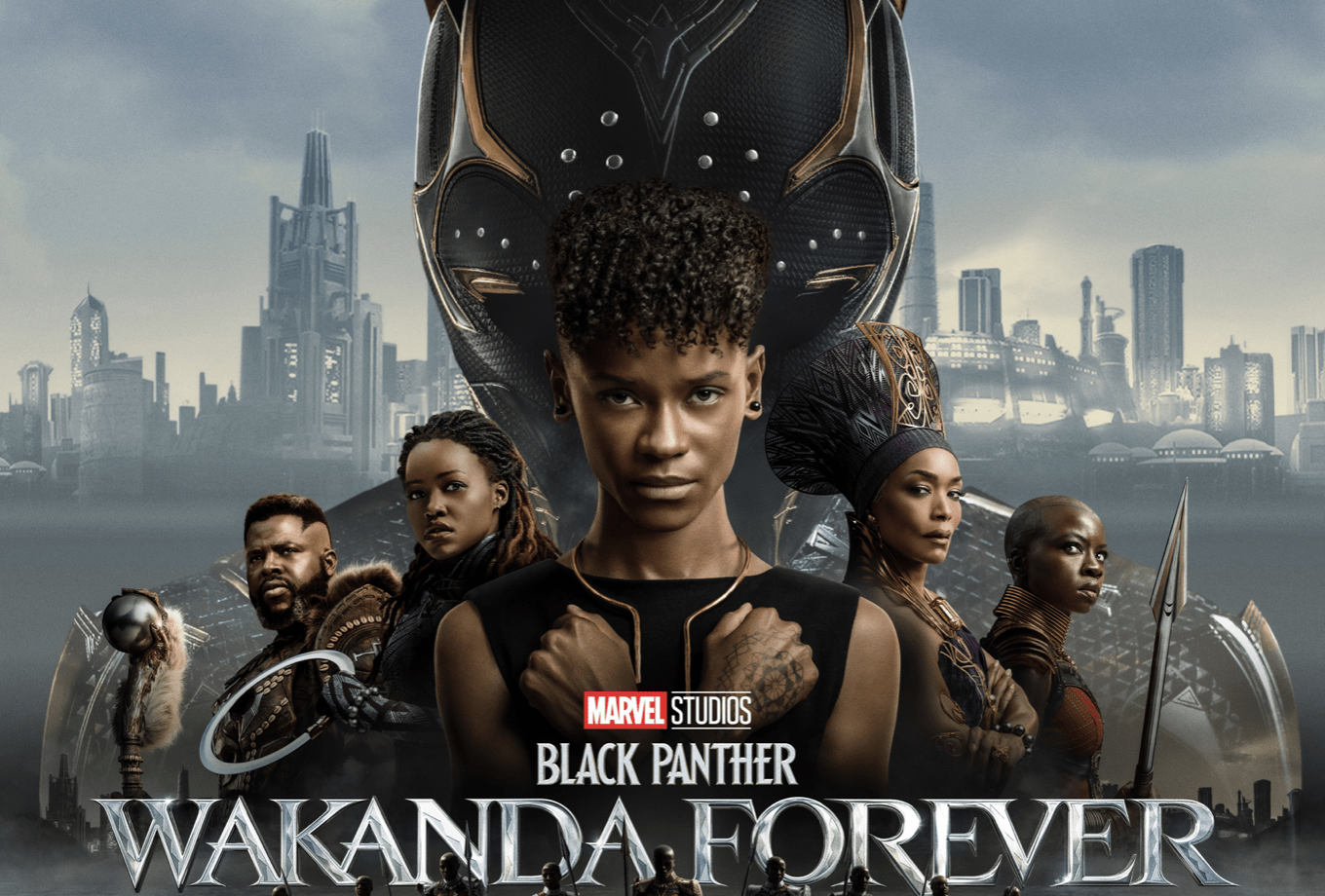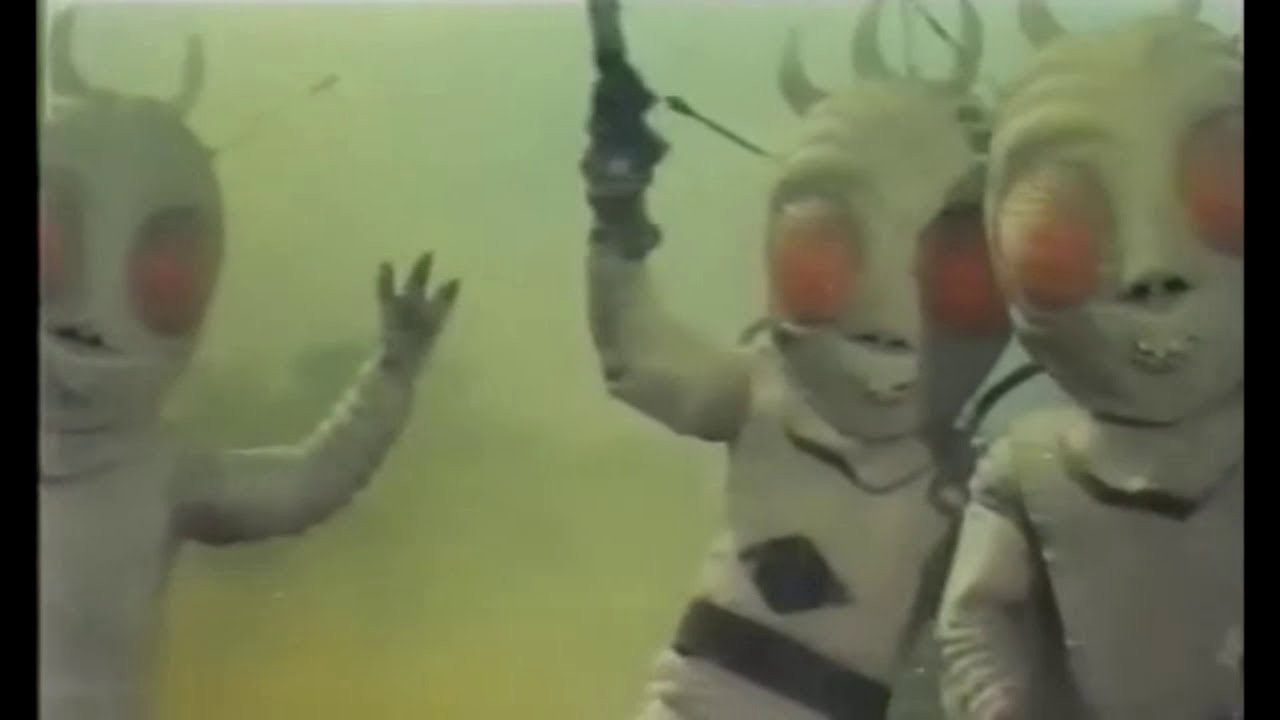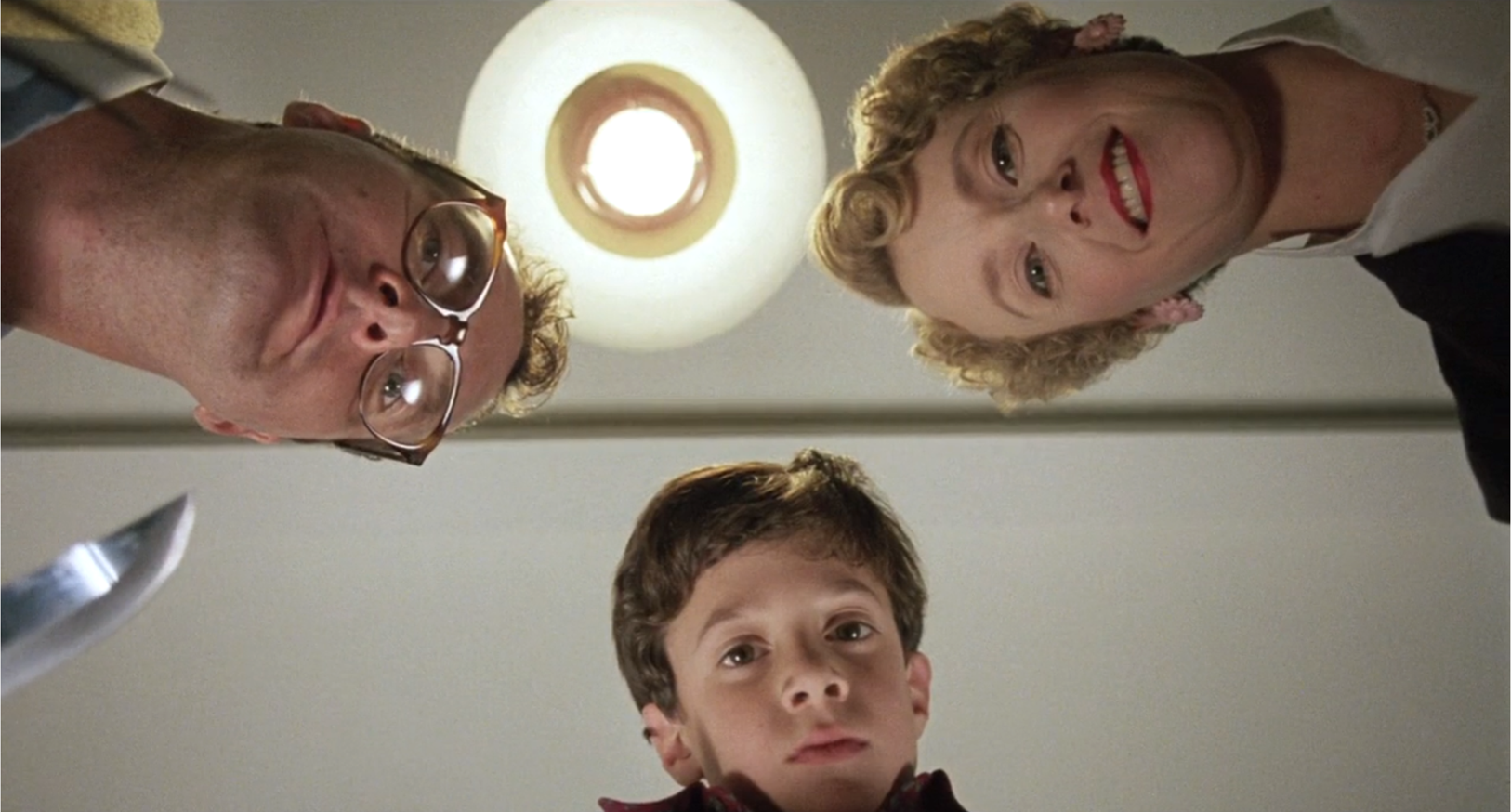
When I sat down to watch the Incredible Shrinking Man I was expecting a typical Roger Corman style B-movie or a Rod Serling style Twilight Zone episode. The novel, The Incredible Shrinking Man, was written by Richard Matheson who wrote for The Twilight Zone, along with The Outer Limits, Amazing Stories, and Night Gallery but Matheson wrote The Incredible Shrinking Man while he and director Jack Arnold were making the actual film. Their collaboration produced something that shared some superficial similarities to all those television programs but was much more ambitious.
The Incredible Shrinking Man Is a combination of Jack London’s Call Of The Wild, Franz Kafka’s Metamorphosis, and some kind of philosophical phenomenology based on evolution. It also happens to be action-packed, genuinely scary, and full of special effects that still hold up after half a century. It works as a horror movie, a sci-fi thriller, or as an art-house rumination on the modern man.

The main character in The Incredible Shrinking Man is Scott Carey. He’s a suburban, 9 to 5 “everyman” with a pretty wife, a nice house, and a cat named Butch. Kafka’s Gregor Samsa is also an everyman, although his situation is darkened by debt and frustration. Both men find themselves inexplicably transformed resulting in their inability to function as a worker, a husband, or a member of society.
The transformations that they experience are not only manifestations of their alienation but the transformations further alienate both men by isolating and marginalizing them. Both men felt emasculated and diminished before the transformation, Samsa more than Casey, but once they are transformed the world seems wholly inaccessible. Casey seemed relatively well adjusted before his transformation but realized post-transformation how stultified and empty his suburban existence had been.
To both men, the oppression feels personal. They blame themselves more than some mysterious turn of fate. They hate their bodies and cannot always distinguish between their physical and mental selves. They feel betrayed by their new reality. They had underestimated how oppressive their lives had been and now it had overwhelmed them.
Gregor suffered a traditional Marxist kind of alienation, where his labor robbed him of his autonomy and freedom. Carey was also alienated from his body but due to his domestication. Carey lives the life of the Cleavers from Leave it to Beaver. A life so streamlined by leisure, convenience, and modern amenities that his existence has lost all meaning. There are no challenges or difficulties for Carey. There is no opportunity to test his mettle.

This is where London’s Call of The Wild enters. Buck, the dog and main character of Call of The Wild is a domesticated creature. Dog’s are in fact creatures that were created by domestic life. They did not so much evolve as devolve from the efficient survivalist wolf into a compliant friend who eats processed food like humans, sleeps in a bed in a house like humans, has his hair cut and nails clipped like humans, and has trained his bodily functions to accommodate life in a modern home like humans.
One of the themes in Call of The Wild is a return to the primacy of a the wild wolf. London does not romanticize nature. His depiction of nature is Hobbsian. In Hobbs’ poem Leviathan he explains not only man’s relationship to nature, but society’s relationship to nature as well. The following quote has an uncanny relevance to The Call of The Wild, Metamorphosis, and The Incredible Shrinking Man.
“Whatsoever, therefore, is consequent to a time of War, where every man is Enemy to every man; the same is consequent to the time, wherein men live without other security, than what their own strength, and their own invention shall furnish them with all. In such condition, there is no place for Industry; because the fruit thereof is uncertain; and consequently no Culture of the Earth; no Navigation, nor use of the commodities that may be imported by Sea; no commodious Building; no Instruments of moving, and removing such things as require much force; no Knowledge of the face of the Earth; no account of Time; no Arts; no Letters; no Society; and which is worst of all, continuall feare, and danger of violent death; And the life of man, solitary, poore, nasty, brutish, and short.”
It is not only us but the society we have created that masks our more base motivations. This is a line of thinking that traces from Hobbs to Schopenhauer and then to Freud. For them, Man is driven by primitive, urges that he must learn to sublimate in order to live with other men.
Buck the dog is stolen away from his peaceful, domesticated life and forced into much harsher environs where his animal nature must be reawakened in order to survive. With Carey, it is modernity itself that steals away his comfort. It is the insecticides and radioactive waste that tear away his status as a happy, middle-class suburbanite and relegate him to the life of a primitive caveman.

Carey and his wife do not own a domesticated dog like Buck, they own a cat. Cat’s do not domesticate the same way as dogs. Both creatures have been bred to emphasize certain features but dogs have been completely transformed into things like pugs and poodles whereas cats have not strayed far from their ancestry.
The word domesticated is from the Latin domus, meaning house. The term domestic divides the world into two arenas, inside the house and outside. Outside is wild and untamed, and inside is ordered, safe, and familiar.
The safe environs of Carey’s domicile are suddenly transformed into a chaotic wilderness. The cat that once purred politely on the couch sheds its thin veil of domesticity when confronted with a mouse size master. The spider that hung silently in the basement corner becomes a formidable monster ready to pounce. Carey in fact seeks refuge from this new wilderness in a new domicile, first in a dollhouse and then in a matchbox, emphasizing man’s need for the safety of a domestic space.

In Call of The Wild Buck’s transformation into a wild animal is gradual but a flaw in TheIncredibleShrinking Man is Carey’s ability to immediately revert to a wild or primitive state. He is able to scale gigantic obstacles, wield hand-fashioned weapons, jump and run like an athlete and survive great hardship. It would be difficult for a trained olympian to endure what Carey goes through in the wilds of his own basement, never mind a company man softened by luxury automobiles and comfy couches. Carey not only sheds his domestic veneer with ease but finds a rough and robust caveman ready and waiting underneath. It would be far more likely that as a miniature man he would struggle briefly and perish, having lost touch with his heartier ancestors.

The end of the film is surprising. Our hero’s journey does not end with the obligatory return home to safety, and normalcy. Carey’s transformation is so complete he cannot return to the blithe complacency of middle-class America. He has not only regained his wild birthright and his manhood, but he now sees the universe and his place in it anew. The film ends with his acceptance of his mortality and how his impermanence connects him to all life and even to time in the most abstract and expansive sense. His climactic soliloquy is over the top but it reveals that Matheson did truly intend for there to be deeper themes in his story.
“I was continuing to shrink, to become… What? The infinitesimal? What was I? Still a human being? Or was I the man of the future? If there were other bursts of radiation, other clouds drifting across seas and continents, would other beings follow me into this vast new world? So close, the infinitesimal and the infinite. But suddenly I knew they were really the two ends of the same concept. The unbelievably small and the unbelievably vast eventually meet, like the closing of a gigantic circle. I looked up, as if somehow I would grasp the heavens, the universe, worlds beyond number. God’s silver tapestry spread across the night. And in that moment I knew the answer to the riddle of the infinite. I had thought in terms of Man’s own limited dimension. I had presumed upon Nature. That existence begins and ends is Man’s conception, not Nature’s. And I felt my body dwindling, melting, becoming nothing. My fears melted away and in their place came acceptance. All this vast majesty of creation, it had to mean something. And then I meant something too. Yes, smaller than the smallest, I meant something too. To God, there is no zero.”

“I still exist.” This closing sentiment leaves Kafka and London behind and moves more toward a heady combination of transcendentalists like Ralph Waldo Emerson and Henry David Thoreau and phenomenologists like Edmund Husserl, and Martin Heidegger. We get a sweeping cosmic epiphany while the screen switches back and forth between Scott trapped behind a grate and images of nebulae and galaxies. He dissolves himself into the universe and becomes one with everything.
The Incredible Shrinking Man does not completely transcend its B-movie status. The acting is melodramatic, and the dialogue can be campy but the film’s ties to the low-budget sci-fi genre allow it to blend its grand philosophical aspirations with some straightforward cinematic spectacle. Carey’s battle against the spider is a tour de force of special effects, editing, and tension. Unfortunately, they needed to use very bright lights that incinerated 24 tarantulas before completing the scene. All of the 40 identical cats used to depict Butch the house cat made it through production unscathed.
In 1981, 24 years after the release of The Incredible Shrinking Man, Matheson wrote The Incredible Shrinking Woman starring Lillie Tomlin. The Incredible Shrinking Woman is a comedy and on the surface seems to have little in common with The Incredible Shrinking Man, but aside from the obvious tonal differences, they share similar themes about alienation. The two films make a strange pair. They occupy some of the same ground but don’t quite fit together.
The change of gender from man to woman significantly alters issues in interesting ways. Instead of a loss of potency Pat Kramer, the incredible shrinking woman is losing her presence. Men are saddled with a gender imperative to perform and succeed and so they fear failure. Women are told to defer their needs and be submissive and so Pat fears that she, in fulfilling her gender imperative she will so diminish herself that she will actually disappear.

Both films are critical of suburbia and the American Dream. Both transform emotional fear into physical form. Both depict an individual trying to keep their heads above water in a world of increasing alienation.
Our physical size, our physical presence is part of how we assert the importance of our existence. We crane our necks and raise our hands in order to be seen in a crowd. Losing stature becomes a metaphor for losing significance.
Carey and Pat no longer physically fit in their worlds and so must grieve the loss of the American Dream and discover a new way to define success. Both films point to our existence outside social norms and ask if social norms are a valid way to measure ourselves.
While questioning the American Dream, the two films also reify the American mythology of the rugged individual who must face the world alone and conquer it. Carey speaks proudly of his ability to “dominate” his new environment. He replaces the dream of affluence with the older ideology of manifest destiny. Even as a “savage” he believes his mission is to tame his environment. Even as he discovers his inner wildness he strives to domesticate his new world.
This contradiction would be of no surprise to Hobbs or Schopenhauer. For them, it is the root conflict of existence. We are driven to compete for survival but we are also driven to form social bonds for the same purpose. We are caught between fear and attraction, between an aggressive desire for dominance and an accommodating desire for intimacy.
As hairless apes, we lack many of the strengths found in other animals. We are not fast or strong or able to fly, but our social drives enable us to survive as a group. These social bonds soften our animal instincts making us even more vulnerable as individuals but better able to get along with each other. The Incredible Shrinking Man is an elegy to our animal roots and an embracing of the rarefied and transcendental philosophy that emerges from the domestication of civilization.

If you enjoyed this article click here for more
www.filmofileshideout.com/archives/electric-dragon-80000-v




Matheson didn't write Inc. Shrinking Woman; it was by Jane Wagner. However as the film credits said "suggested by...(Matheson's work):"; in an interview with Stephen King for Danse Macabre, he says ISW at one point almost has the same dialogue as the first--"later, it deviates wildly..."
Thank you for the info.